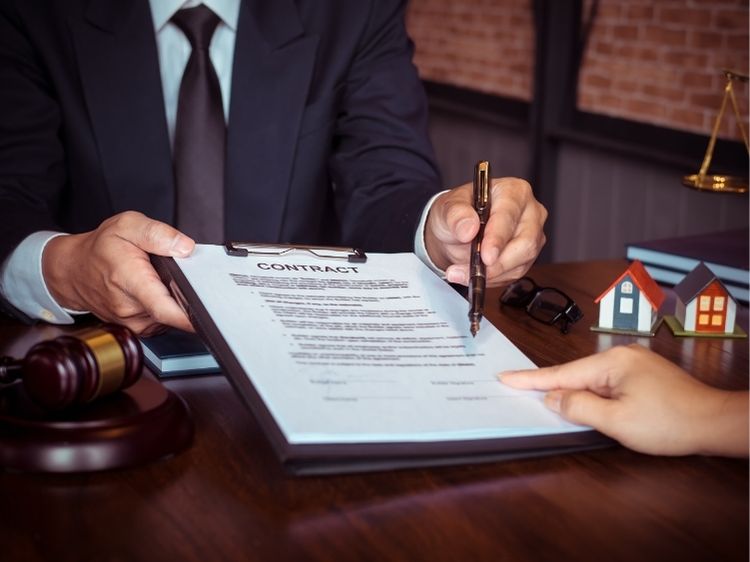Have you ever purchased a product that didn’t quite live up to its promises—or worse, caused harm? You’re not alone. Thousands of consumers face similar issues every year, and many of them end up filing a product liability claim. Whether it’s a defective car part, a harmful medication, or a malfunctioning appliance, understanding how to pursue a claim can be a game-changer. But where do you start? How do you know if you even have a case? Let’s dive into the world of product liability claims and break down everything you need to know.
What Is a Product Liability Claim?
So, what exactly is a product liability claim? In simple terms, it’s a legal action taken against a manufacturer, distributor, or retailer of a product that has caused harm due to a defect or lack of adequate warnings. Unlike most legal cases, the focus here isn’t on whether the company was negligent; it’s about the product itself being unsafe.
There are three main types of product liability claims:
- Manufacturing Defects: These occur when a product deviates from its intended design due to an error during production.
- Design Defects: These claims arise when a product’s design is inherently unsafe, even if it was manufactured correctly.
- Failure to Warn: Also known as marketing defects, these involve a company’s failure to provide adequate instructions or warnings about the product’s potential risks.
Who Can File a Product Liability Claim?
You might be wondering, “Can anyone file a product liability claim?” The short answer is yes—but with a few caveats. Typically, the person who purchased the product, anyone who used it, or even bystanders who were affected by its defect can file a claim. It’s important to note that these claims aren’t limited to consumers; businesses that purchased defective products can also take legal action.
However, to have a strong case, you must prove a few key points:
- The Product Was Defective: Whether it’s due to manufacturing, design, or a lack of warnings, you’ll need to demonstrate that the product had a defect.
- The Defect Caused Harm: It’s not enough to show that the product was defective; you must also prove that this defect directly led to your injury or damages.
- You Used the Product as Intended: If you were misusing the product when you were injured, your claim might not hold up in court.
Steps to Take After Being Injured by a Defective Product
If you’ve been injured by a defective product, it’s crucial to take immediate action. Here’s a step-by-step guide on what to do next:
- Seek Medical Attention: Your health comes first. Get the necessary medical treatment and keep records of all your injuries.
- Preserve the Evidence: Don’t throw away the product, packaging, or receipts. These could be vital pieces of evidence in your case.
- Document Everything: Take photos of your injuries, the product, and the accident scene. Write down everything that happened while it’s still fresh in your mind.
- Report the Incident: Contact the manufacturer or retailer to report the defect. This can help bolster your claim.
- Consult an Attorney: Product liability cases can be complex, so it’s wise to seek legal advice early on.
Types of Compensation in a Product Liability Claim
When you file a product liability claim, you’re essentially seeking compensation for the damages caused by the defective product. These damages can be categorized into three main types:
- Economic Damages: These cover tangible losses like medical bills, lost wages, and repair costs.
- Non-Economic Damages: These include compensation for pain and suffering, emotional distress, and loss of enjoyment of life.
- Punitive Damages: In some cases, the court may award punitive damages to punish the defendant for particularly egregious conduct.
Common Defenses in Product Liability Cases
Now, let’s flip the script for a moment. What happens on the other side of a product liability claim? Companies often have a few defenses up their sleeves, and being aware of these can help you prepare your case. Here are some common defenses:
- Product Misuse: The defendant may argue that you were using the product in a way that wasn’t intended, which led to your injury.
- Assumption of Risk: If you were aware of the risks associated with using the product but chose to use it anyway, this defense might be used against you.
- Comparative Negligence: The company might claim that your own negligence contributed to the injury, reducing the amount of compensation you’re entitled to.
FAQs
Q: How long do I have to file a product liability claim?
A: The statute of limitations for filing a product liability claim varies by state, typically ranging from one to six years. It’s essential to consult an attorney to understand the specific timeframe in your jurisdiction.
Q: Can I file a product liability claim if I wasn’t the one who purchased the product?
A: Yes, you can. Even if you were just using the product or were a bystander affected by its defect, you might still have a valid claim.
Q: What if the product was recalled after my injury?
A: A product recall can strengthen your case, as it indicates the manufacturer acknowledged a defect. However, it doesn’t automatically guarantee a win, so you still need to prove your case.
Q: Do I need to keep the defective product?
A: Absolutely! The defective product is crucial evidence in your case. Keep it, along with the packaging, instructions, and receipts.
Conclusion
Navigating a product liability claim can be daunting, but understanding your rights and the steps to take can make all the difference. Whether you’re dealing with a manufacturing defect, a design flaw, or a failure to warn, knowing the ins and outs of the legal process is your first step toward justice. Remember, if you find yourself in this situation, don’t hesitate to seek professional legal advice to ensure your claim is as strong as possible.
